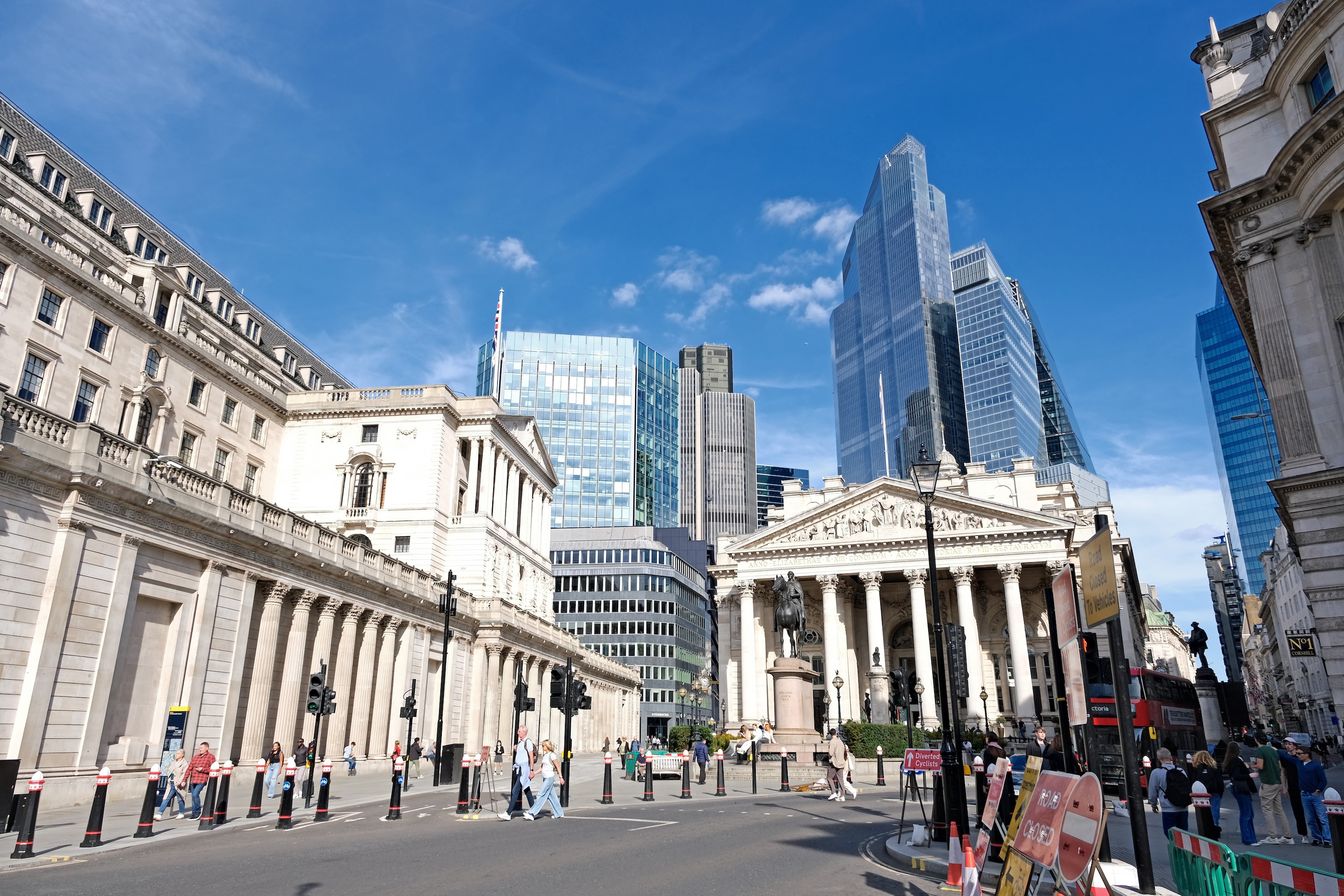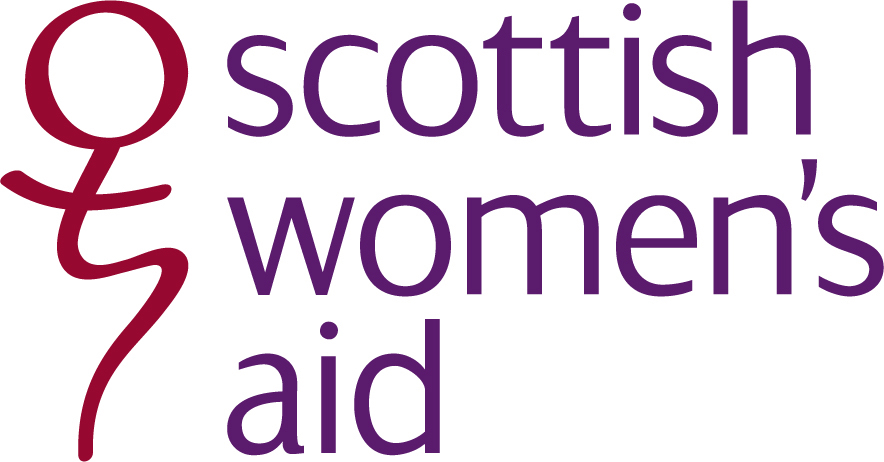Inflation in the UK is refusing to quietly fade into the background. After months of expectations that things were cooling off, the latest data shows inflation is ticking upward again — and that’s keeping the Bank of England (BoE) on its toes as it weighs up its next move on interest rates.
So where does this leave homeowners, buyers, and investors — particularly in Scotland, where the market often dances to its own beat?
Inflation: Still Sticky, Still a Concern
As of June 2025, the Consumer Prices Index (CPI) sits at 3.6%, up slightly from 3.4% in May. While it’s a long way from the 11% peak we saw back in 2022, it’s still well above the Bank of England’s 2% target. What’s more, the underlying pressures don’t look like they’re going anywhere fast.
Core inflation — which strips out volatile items like food and energy — is currently 3.7%. Services inflation is even stickier, at 4.7%. And food prices are still creeping up, with the sixth consecutive monthly rise recorded in June. All of this is keeping inflation expectations stubbornly high, even as broader economic activity shows signs of slowing.
Business confidence surveys point to a weakening services sector, rising input costs, and cautious hiring trends. The job market is softening, with unemployment now at 4.7%. In short: this is not an economy roaring ahead — but it’s also not one that’s easing inflation as quickly as the BoE would like.
What Will the Bank of England Do Next?
All eyes are on the BoE’s next interest rate decision, due on 8 August 2025. The current Bank Rate is 4.25%, down from a peak of 5.25% last year. After a few months of holding steady, economists are increasingly predicting that a rate cut is coming — and soon.
Most analysts now expect a 0.25% cut in August, which would take the Bank Rate to 4.00%. A second cut is likely before the end of the year, possibly in November, which could bring rates down to 3.75%. Some banks, including ING and Deutsche Bank, are even forecasting a third cut, pushing rates as low as 3.5% by Christmas.
But the BoE is cautious. It doesn’t want to cut too quickly and risk inflation rebounding. Global factors — like oil prices or renewed trade disruptions — could drive prices up again, forcing the Bank to change course. So while the direction of travel seems set, the pace is still very much up for debate.
What Does This Mean for the UK Housing Market?
The UK housing market has been surprisingly resilient in 2025. Average house prices in June stood at £268,400, up around 1.3% on the year. That’s modest growth, but it’s growth nonetheless — especially given the cost of borrowing is still relatively high by recent standards.
More notably, buyer demand is up 11%, agreed sales have risen 8%, and there’s a record number of homes for sale. Lenders are easing their mortgage affordability tests, making it easier for people to borrow, even without a rate cut.
However, the market is very regional. Areas in southern England are seeing slower growth (or even slight declines) due to oversupply and affordability challenges. Meanwhile, Scotland, Wales, and the North of England are showing stronger price momentum.
Spotlight on Scotland: Still Going Strong
In Scotland, the property market has outperformed much of the UK. Average prices have jumped nearly 6% year-on-year, rising from £181,273 in June 2024 to £191,927 in May 2025 — a gain of over £10,000.
East Lothian has seen the biggest jump (around £27,946), while other areas like Aberdeenshire and South Ayrshire have dipped slightly. As always, the Scottish market is patchy — some areas are booming, others are stagnating. But overall, the trend is upward.
If the Bank of England does begin cutting rates in August, Scotland could benefit more than most. Strong demand and relatively affordable prices — especially compared to London or the South East — mean any improvement in affordability from falling mortgage rates is likely to translate into continued activity.
Will Interest Rate Cuts Boost the Market?
If the Bank Rate is cut from 4.25% to 4.00% (or lower), borrowing becomes cheaper. That means lower monthly payments for new buyers and for homeowners coming off fixed-rate deals. Already, we’re seeing a rise in remortgaging: June saw the highest volume of refinances since the mini-budget fallout in 2022.
The question is how much this improved affordability will actually push up house prices. Most analysts think growth will remain modest — around 1–1.5% across the UK this year — but rate cuts could certainly stabilise markets and give them a little lift.
In Scotland, where the market has more momentum and less saturation, the impact might be slightly stronger. Areas with strong local economies and tight supply — such as Edinburgh, Glasgow, and parts of the central belt — could see continued upward pressure on prices.
Risks on the Horizon
There are still plenty of uncertainties that could throw a spanner in the works.
If inflation proves more persistent than expected — especially in services or wages — the Bank of England may delay or even pause its easing cycle. That would keep mortgage rates higher for longer and could cool demand again.
On the other hand, if economic growth slows more dramatically — or if unemployment rises faster than forecast — the BoE could cut more aggressively. That might push rates down to 3.5% or even 3.25%, potentially fuelling a more noticeable housing rebound.
Fiscal policy is another wildcard. If the government tightens spending or raises taxes to address debt concerns, that could dampen consumer sentiment and slow the housing market, especially in areas already under strain.
What Should Buyers and Sellers Do?
If you’re thinking of buying or selling in the next 6–12 months, here’s the takeaway:
• Don’t expect a price boom. Most of the UK is likely to see only modest price growth for the rest of 2025.
• Do expect some mortgage relief. Rate cuts — if they come — will improve affordability, albeit gradually.
• Scotland remains relatively strong. If you’re buying in a high-demand area, you may face competition, even with rates still relatively high.
• Consider timing. If you’re remortgaging, the second half of 2025 could offer better deals. If you’re buying, consider locking in now if a deal suits you — waiting may not offer significant savings unless rates fall faster than expected.
In conclusion...
The UK housing market is walking a tightrope in 2025 — caught between stubborn inflation and a sluggish economy. The Bank of England is expected to start easing interest rates, but it’s doing so cautiously, mindful of risks both at home and abroad.
For property, the outlook is stable rather than spectacular. In Scotland, especially, demand remains solid and prices are climbing at a healthier clip. But don’t expect fireworks. The real shift will come if rates fall faster than expected — or if inflation finally returns to target.
Until then, it’s a case of steady as she goes.










